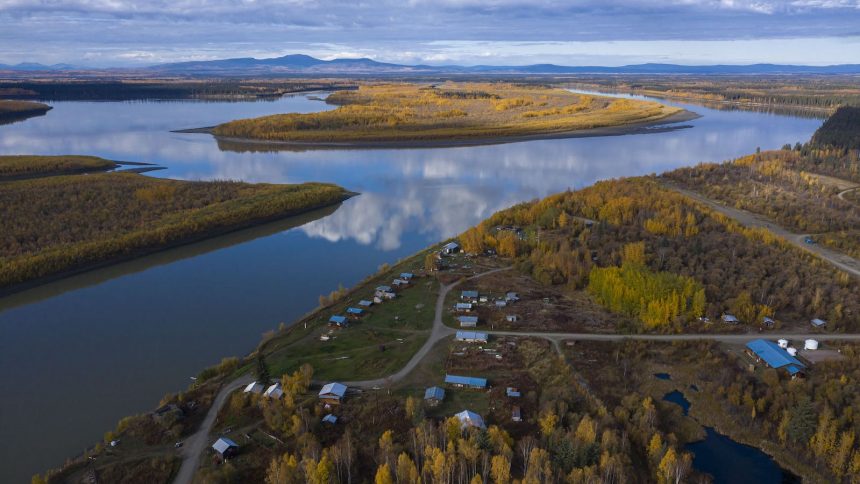Alaska’s permafrost is melting, uncovering high levels of mercury that pose a potential threat to Alaska Native communities. A recent study by the University of Southern California examined sediment from melted permafrost along the Yukon River in Alaska, revealing alarming amounts of mercury being deposited into the riverbank. This confirms scientists’ concerns about the environmental and health risks associated with mercury exposure.
Mercury is a naturally occurring substance that can have severe neurological effects when ingested. Pregnant women and children are at higher risk of harm from mercury exposure, emphasizing the importance of monitoring the levels of this toxic metal in the environment.
Previous estimates of mercury release from thawing permafrost were significantly underestimated, according to the new study. The research shows that the minimum amount of mercury released is double what was previously thought, raising concerns about the impact on the ecosystem and human health.
Researchers, led by Professor Josh West from USC, collected sediment samples from sandbars and riverbanks near Indigenous villages along the Yukon River. The study highlights the urgent need for further investigation into the effects of mercury contamination on fish populations and the health of local residents, particularly Indigenous communities.
As the Arctic continues to warm at an alarming rate, the thawing permafrost is causing significant challenges for Indigenous peoples in Alaska. Climate change is not only disrupting traditional ways of life, such as salmon fishing, but also increasing the risk of mercury poisoning among vulnerable populations.
The implications of mercury pollution go beyond health concerns and food safety; they also threaten the cultural heritage and practices of Native peoples. Collaborative efforts with Indigenous communities are crucial in addressing the complex environmental and social issues associated with mercury contamination in the Arctic.
The impact of mercury pollution on Indigenous peoples is a global issue, with communities in Canada and the Amazon also facing similar challenges. It is essential to prioritize Indigenous perspectives in research and advocacy efforts to protect the health and well-being of these vulnerable populations.






